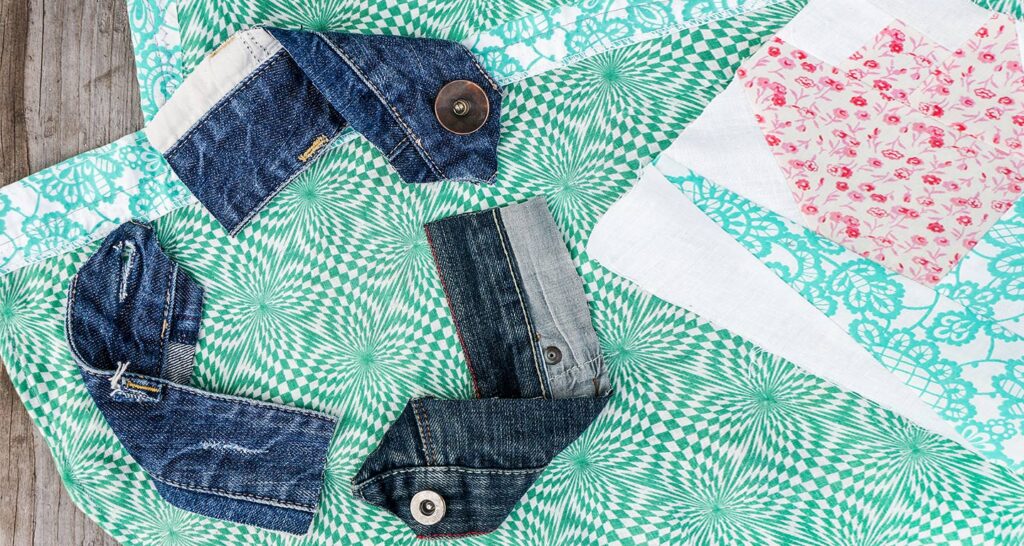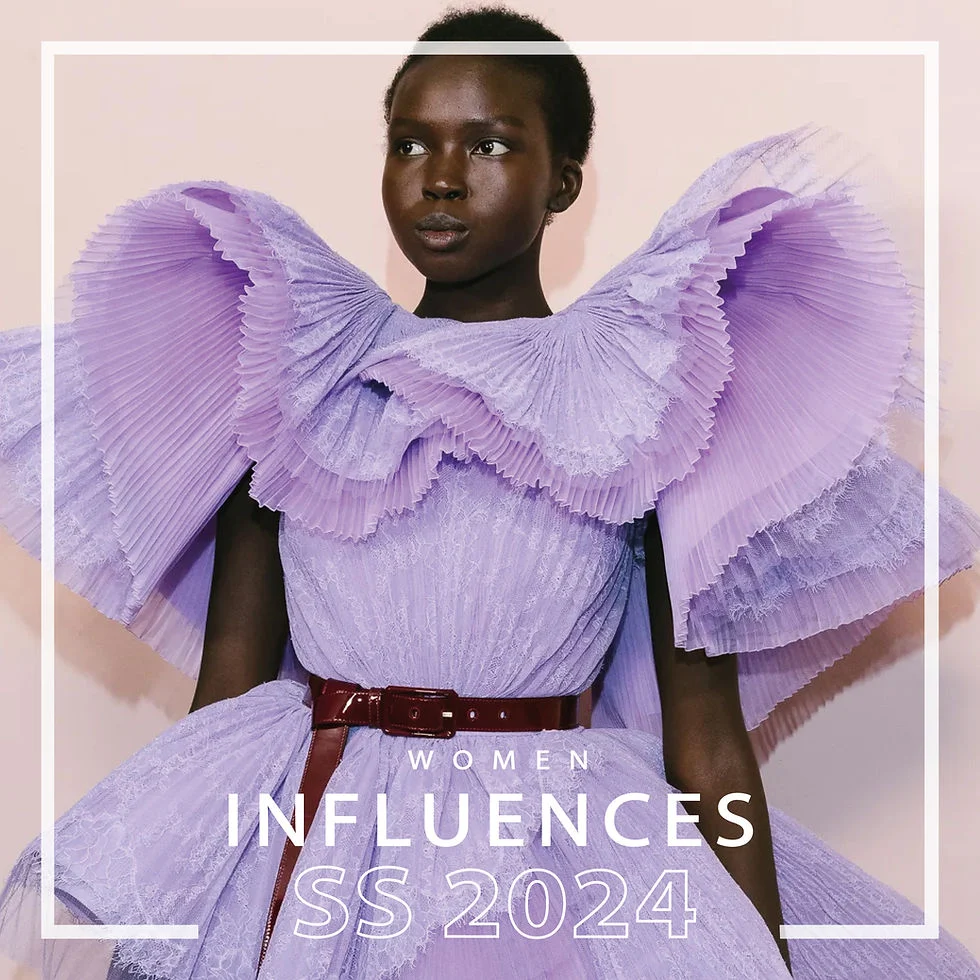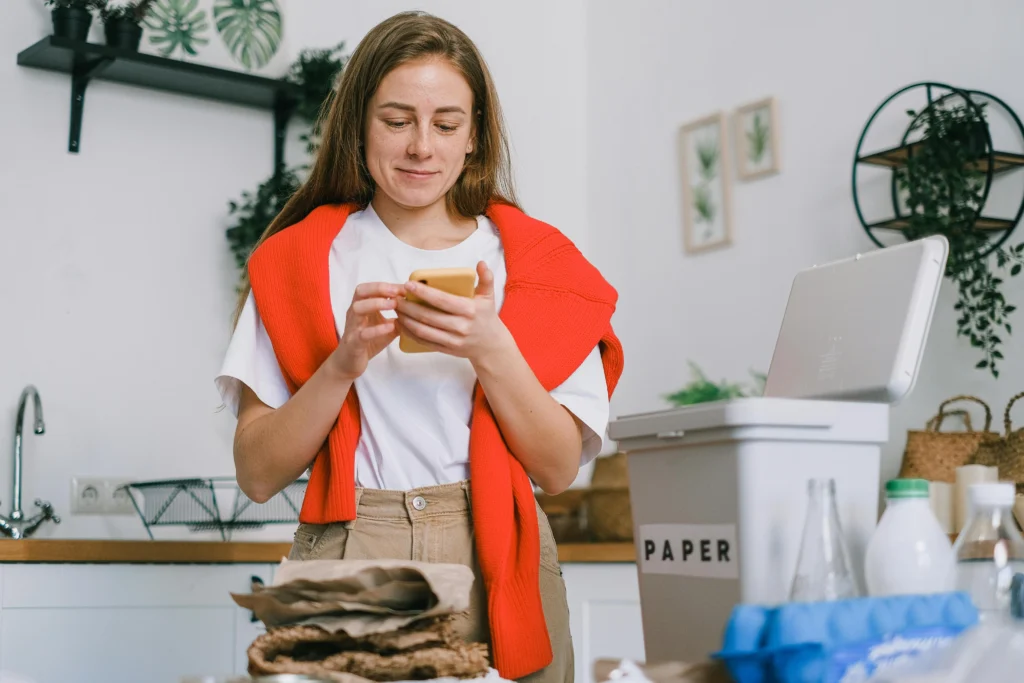In recent years, vintage and second-hand fashion has emerged as a powerful force in the fashion industry, driven by the principles of the circular economy. This innovative approach not only promotes sustainability but also encourages consumers to rethink their shopping habits. By embracing pre-loved garments, fashion enthusiasts are not only making a style statement but also contributing to a more sustainable future. In this article, we will delve into how the circular economy is reshaping style, highlighting the benefits of choosing vintage and second-hand pieces over fast fashion.
As we explore the fascinating world of vintage and second-hand fashion, you will learn about the environmental impact of fast fashion and how circular economy practices can mitigate this issue. We will discuss the rise of thrift stores, online resale platforms, and the growing popularity of clothing swaps, all of which are making sustainable fashion more accessible than ever. Additionally, we will share tips on how to curate a stylish wardrobe filled with unique, timeless pieces that reflect your personal style while being kind to the planet.
Join us on this journey as we uncover the transformative power of vintage and second-hand fashion. Discover how you can make a positive impact on the environment while expressing your individuality through sustainable style choices. Read on to find out how the circular economy is not just reshaping fashion, but also redefining our relationship with clothing.
In recent years, the fashion industry has witnessed a significant shift towards sustainability, with vintage and second-hand fashion emerging as key players in the circular economy. This article explores various aspects of this trend, highlighting its impact on style, consumer behavior, and the environment.
Here are eight subtopics that delve deeper into the relationship between vintage and second-hand fashion and the circular economy.
The Rise of Vintage Fashion
The resurgence of vintage fashion can be attributed to a growing awareness of sustainability and the environmental impact of fast fashion. Consumers are increasingly seeking unique pieces that tell a story, moving away from mass-produced items. Vintage clothing offers a sense of individuality and nostalgia, appealing to those who want to stand out in a world of uniformity.
Moreover, vintage fashion is often of higher quality than contemporary fast fashion, as it was made to last. This shift in consumer preference is reshaping the fashion landscape, encouraging brands to rethink their production methods and embrace more sustainable practices.
Second-hand Shopping: A Sustainable Choice
Second-hand shopping has gained popularity as a sustainable alternative to traditional retail. Thrift stores, online marketplaces, and clothing swaps provide consumers with access to affordable fashion while reducing waste. By purchasing second-hand items, consumers contribute to a circular economy that prioritizes reuse and recycling.
This trend not only helps to minimize the environmental impact of clothing production but also supports local economies and charitable organizations. As more people recognize the benefits of second-hand shopping, it is becoming a mainstream choice rather than a niche market.
The Environmental Impact of Fast Fashion
The fast fashion industry is notorious for its detrimental effects on the environment, including excessive waste, pollution, and resource depletion. By contrast, vintage and second-hand fashion promotes a more sustainable approach to clothing consumption. The circular economy encourages the extension of a garment’s life cycle, reducing the need for new production.
As consumers become more aware of the environmental consequences of their choices, they are increasingly turning to vintage and second-hand options as a way to mitigate their impact. This shift is crucial for fostering a more sustainable fashion industry that prioritizes the planet over profit.
The Role of Social Media in Promoting Vintage Fashion
Social media platforms have played a pivotal role in the resurgence of vintage and second-hand fashion. Influencers and fashion enthusiasts showcase their unique finds, inspiring others to explore thrift stores and vintage shops. This visibility has helped to normalize second-hand shopping and highlight its benefits.
Additionally, social media allows for the sharing of tips and tricks for finding the best vintage pieces, creating a community of like-minded individuals who value sustainability and style. As this trend continues to grow, it is likely to further reshape consumer behavior in the fashion industry.
The Economic Benefits of Circular Fashion
The circular economy not only benefits the environment but also offers economic advantages. By embracing vintage and second-hand fashion, consumers can save money while still enjoying stylish clothing. This shift encourages a more mindful approach to spending, as individuals prioritize quality over quantity.
Furthermore, the growth of the second-hand market has created new business opportunities, from thrift stores to online resale platforms. These businesses contribute to local economies and provide jobs, demonstrating that sustainability and profitability can go hand in hand.
Challenges Facing the Vintage and Second-hand Market
Despite the growing popularity of vintage and second-hand fashion, there are challenges that the market must address. Sourcing quality items can be difficult, and consumers may encounter issues with sizing and condition. Additionally, the perception of second-hand clothing as inferior or less desirable can hinder its acceptance.
To overcome these challenges, businesses and consumers alike must work together to promote the value of vintage and second-hand fashion. Education and awareness campaigns can help shift perceptions and encourage more people to embrace sustainable choices.
The Future of Fashion: Embracing Sustainability
The future of fashion lies in sustainability, and vintage and second-hand clothing are at the forefront of this movement. As more brands adopt circular practices, consumers will have greater access to sustainable options. This shift will not only benefit the environment but also foster a culture of mindful consumption.
By prioritizing quality, durability, and ethical production, the fashion industry can move away from the harmful practices of fast fashion. The embrace of vintage and second-hand fashion is a crucial step towards a more sustainable future.
How to Incorporate Vintage and Second-hand Fashion into Your Wardrobe
Incorporating vintage and second-hand fashion into your wardrobe can be both fun and rewarding. Start by exploring local thrift stores, flea markets, and online resale platforms to discover unique pieces that resonate with your personal style. Don’t be afraid to experiment with different styles and eras to find what works for you.
Additionally, consider hosting clothing swaps with friends or participating in community events that promote sustainable fashion. By sharing and exchanging clothing, you can refresh your wardrobe while supporting the circular economy. Embracing vintage and second-hand fashion not only enhances your style but also contributes to a more sustainable future.
| Aspect | Description |
|---|---|
| Definition | Vintage and second-hand fashion refers to clothing and accessories that are pre-owned, often characterized by unique styles and historical significance. |
| Circular Economy | A circular economy is an economic system aimed at eliminating waste and the continual use of resources, promoting sustainability through recycling and reusing materials. |
| Environmental Impact | Embracing vintage and second-hand fashion reduces waste, lowers carbon footprints, and minimizes the demand for new production, which is resource-intensive. |
| Consumer Trends | There is a growing trend among consumers, especially younger generations, to seek sustainable fashion options, leading to increased popularity of thrift stores and online resale platforms. |
| Economic Benefits | Buying second-hand can be more affordable, allowing consumers to access high-quality items at lower prices while supporting local businesses and charities. |
| Fashion Industry Response | Many brands are now incorporating vintage elements into their collections, launching resale programs, and promoting sustainable practices to align with consumer values. |
| Challenges | Despite its benefits, the second-hand market faces challenges such as quality control, the need for consumer education, and the stigma associated with used clothing. |
| Future Outlook | The future of fashion is likely to see a continued shift towards circular practices, with innovations in recycling technologies and a stronger emphasis on sustainability in design. |



